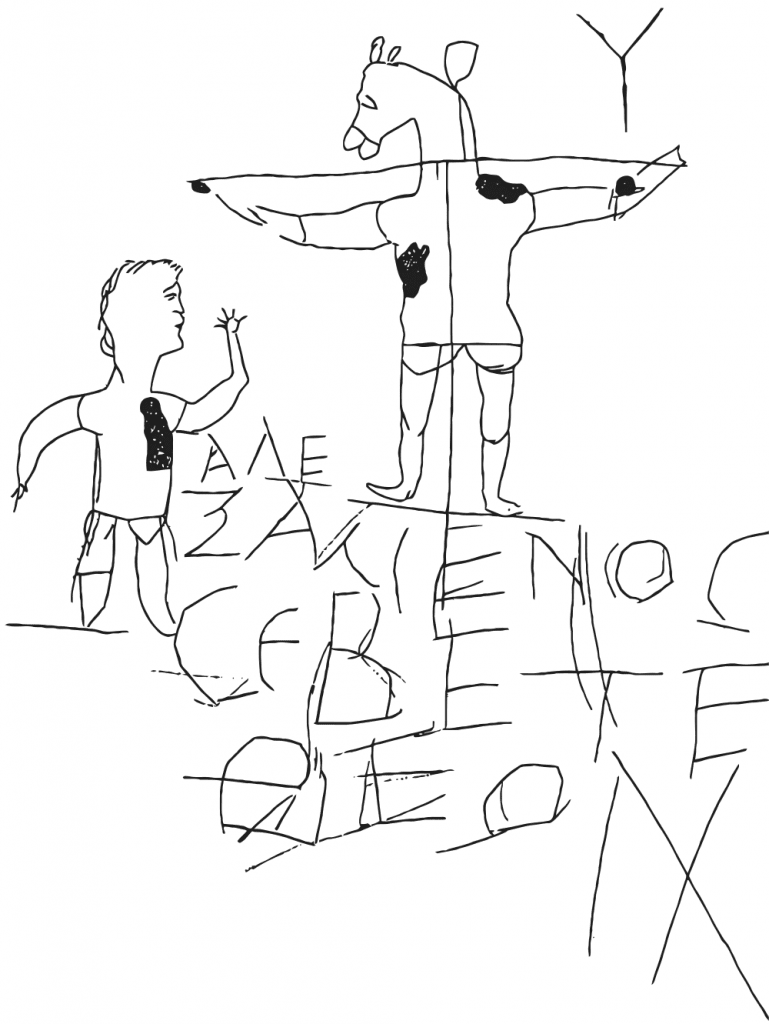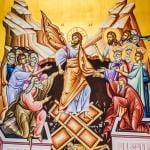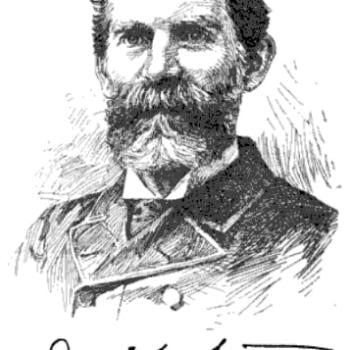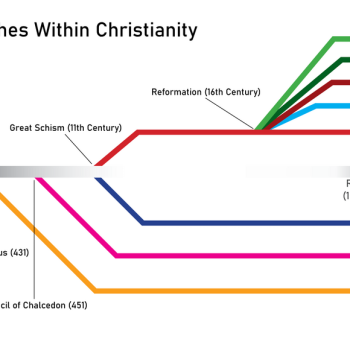Crucifixion was a gruesome, shameful form of execution. Two drawings of crucifixions from ancient Rome make that very clear and underscore the price that our Lord was willing to pay for our redemption.
Thanks to my fellow Patheos blogger, the Bible scholar Ben Witherington, for alerting me to this visual history in his post The Earliest Image of a Crucified Person?
The drawing is a bit of graffiti from Puteoli, Rome’s major seaport, where St. Paul landed and found fellow Christians in Acts 28:13-14. Archaeologists found it on the wall of a guesthouse that was being excavated and dated it from the time of either Emperor Trajan (98-117) or Hadrian.
It depicts a crucified woman. Her name, written above her left shoulder, was Alkimilla. Here it is:
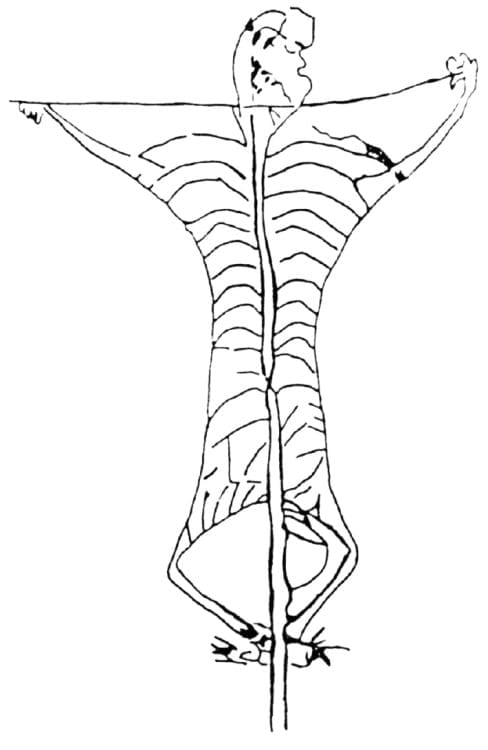
The stripes are the marks from flogging, evidently part of the torture, showing how horrible were the stripes by which we were healed (Isaiah 53:5).
When the Roman scourged somebody, as they did our Lord, they used a flagellum, a whip with multiple lashes upon which were tied at intervals bits of metal:

Read this account of Roman scourging (the source of this image). Read also Prof. Witherington’s discussion of the drawing. He also links to a post by patristics scholar Roger Pearse, The Crucifixion Graffito of Alkimilla from Puteoli.
This calls to mind another ancient drawing of a crucifixion, the Alexamenos Graffito, found on a wall near the Palentine Hill in Rome, reproduced at the beginning of this post. This one, dated around 200 A.D., is making a direct reference to Christ. The inscription, in semi-literate Greek reads “Alexamenos worships his God.”
The figure of Alexamenos is dressed like a slave. Scholars think the drawing may have been made by one slave mocking another for his Christianity. Another room in the excavated building has the inscription “Alexamenos is faithful,” perhaps inscribed by yet another slave standing up for object of derision.
Of course, the greater object of derision is the “God” on the cross, pictured with the head of an ass. This blasphemous touch shows the contempt that the Son of God received when He suffered this kind of death.
This illuminates why the writers of the New Testament speak of Christ’s crucifixion the way they do:
Have this mind among yourselves, which is yours in Christ Jesus, who, though he was in the form of God, did not count equality with God a thing to be grasped, but emptied himself, by taking the form of a servant, being born in the likeness of men. And being found in human form, he humbled himself by becoming obedient to the point of death, even death on a cross. (Philippians 2:5-8)
Therefore, since we are surrounded by so great a cloud of witnesses, let us also lay aside every weight, and sin which clings so closely, and let us run with endurance the race that is set before us, looking to Jesus, the founder and perfecter of our faith, who for the joy that was set before him endured the cross, despising the shame, and is seated at the right hand of the throne of God. (Hebrews 12:1-2)
For Jews demand signs and Greeks seek wisdom, but we preach Christ crucified, a stumbling block to Jews and folly to Gentiles, but to those who are called, both Jews and Greeks, Christ the power of God and the wisdom of God. For the foolishness of God is wiser than men, and the weakness of God is stronger than men. (1 Corinthians 1:22-25)
Jesus was willing not only to experience death, but “even death on a cross.” Jesus did so “despising the shame.” Gentiles considered worship of a crucified God to be “foolishness.” But Alexamenos knew it to be “the power of God and the wisdom of God.”
Illustration credits: The Crucified Alkimilla. Trajanic-Hadrianic era. Puteoli: Via Pergolesi 146, Taberna 5. West Wall. Drawing by Professor Antonio Lombatti. Roman scourge: Website or publication use is permitted with a link going to Bible History Online. Alexamenos graffito: Public Domain, https://commons.wikimedia.org/w/index.php?curid=9677414


